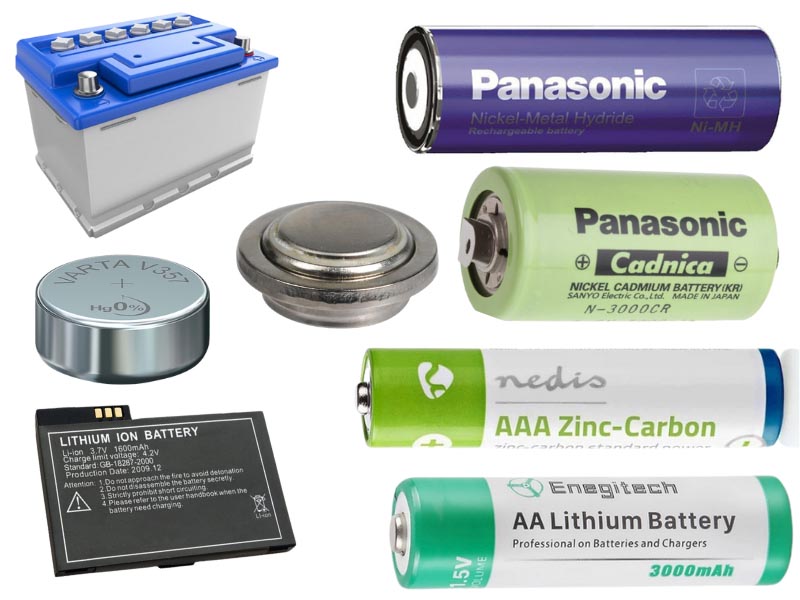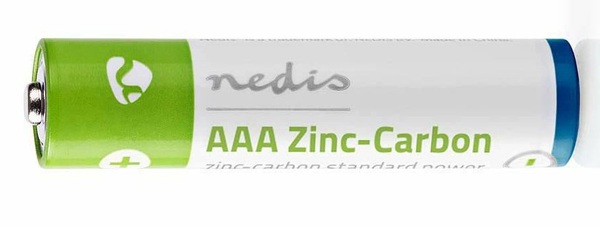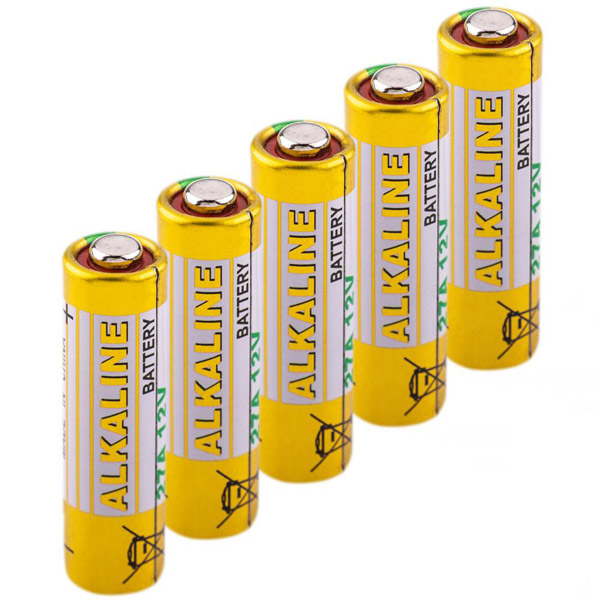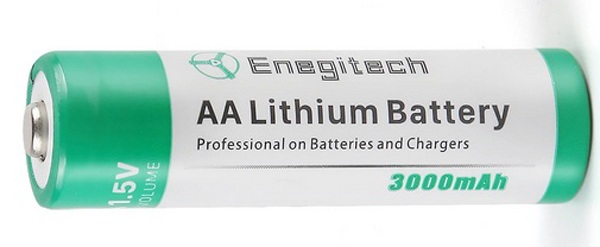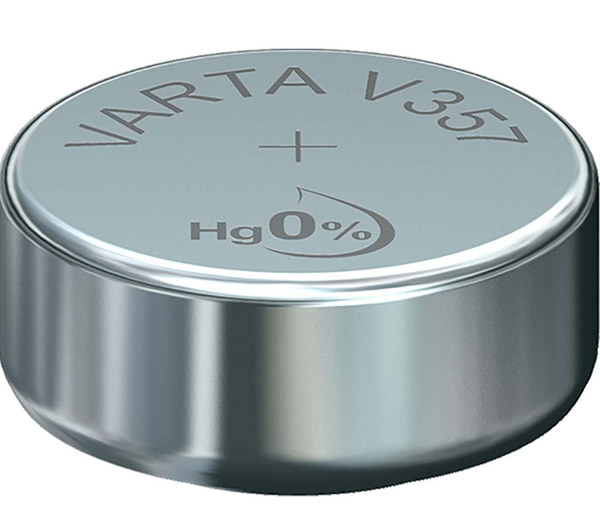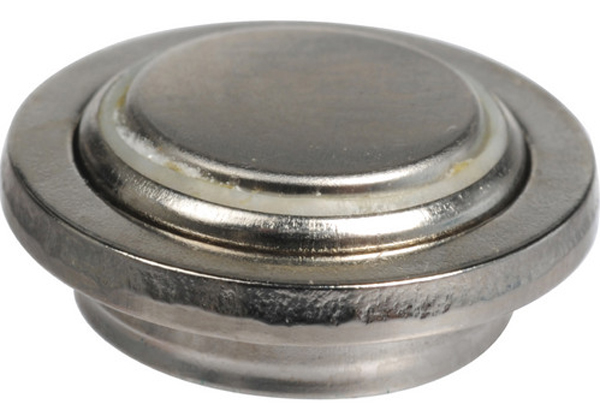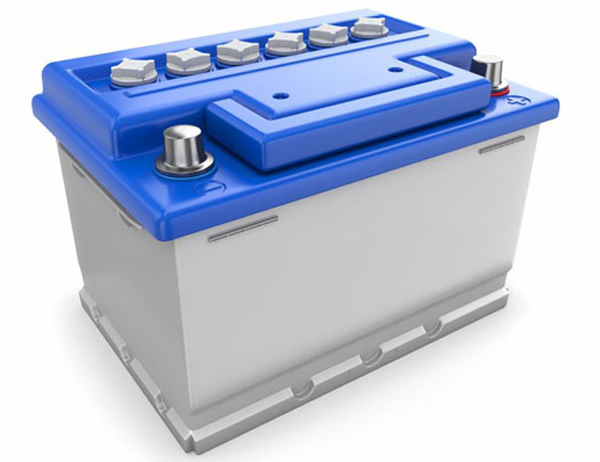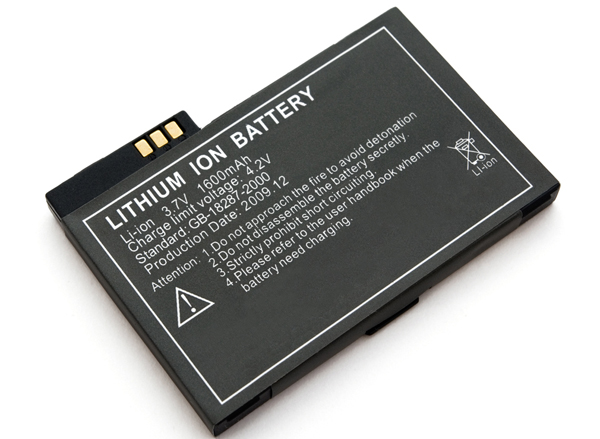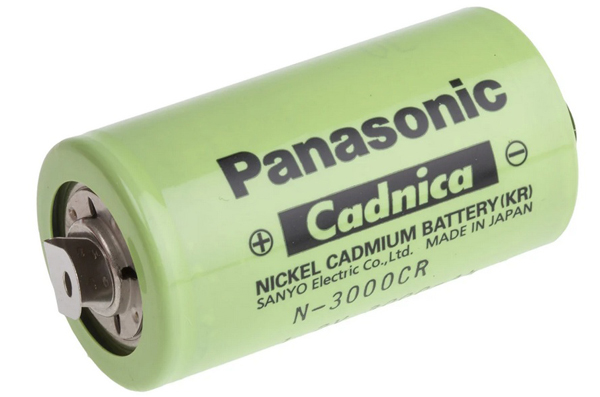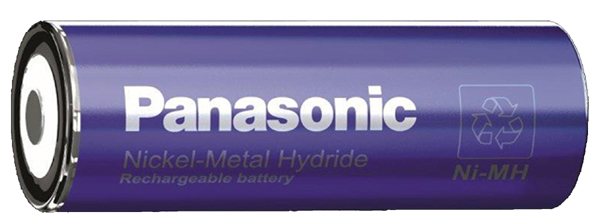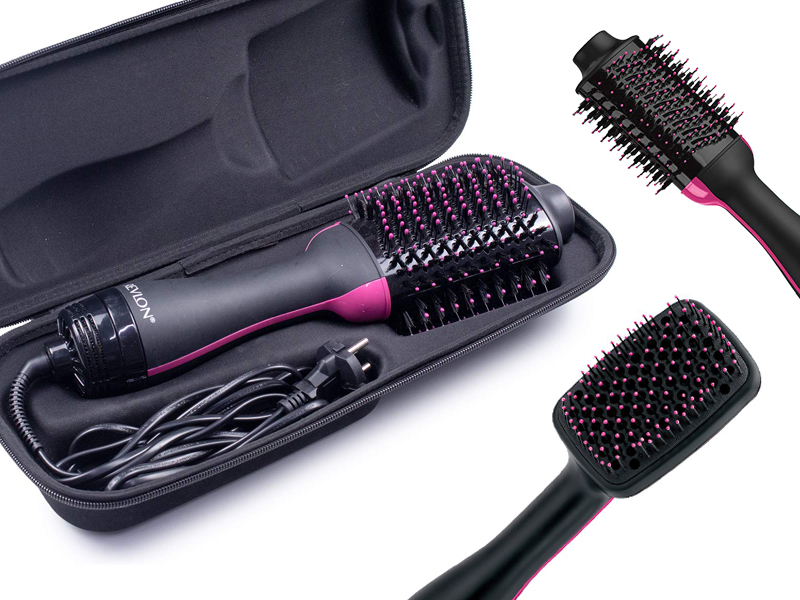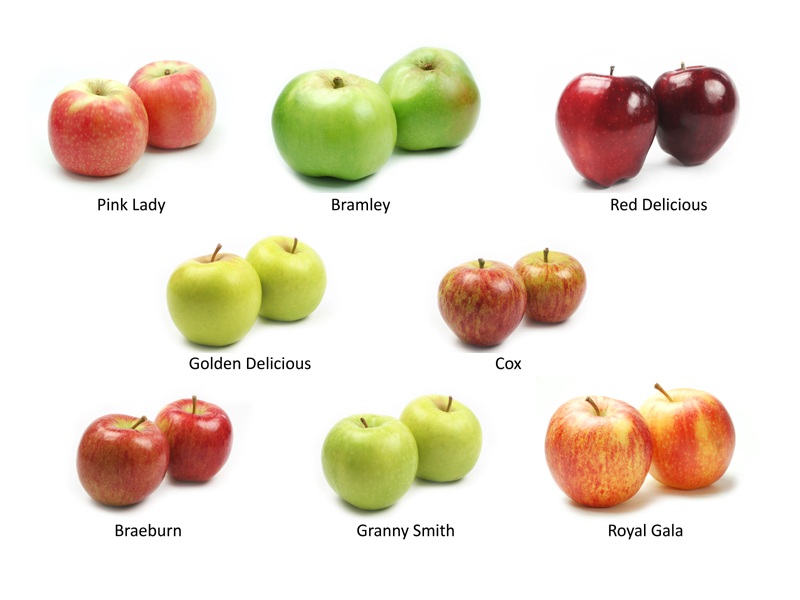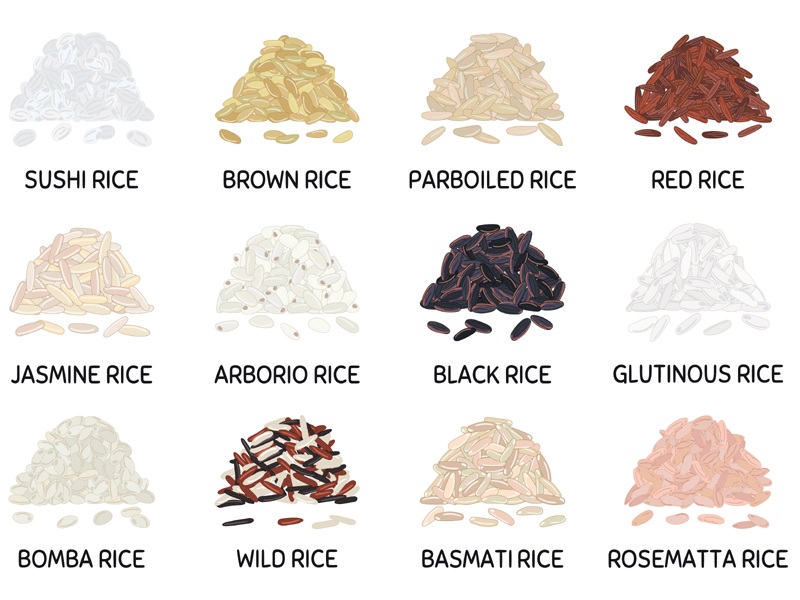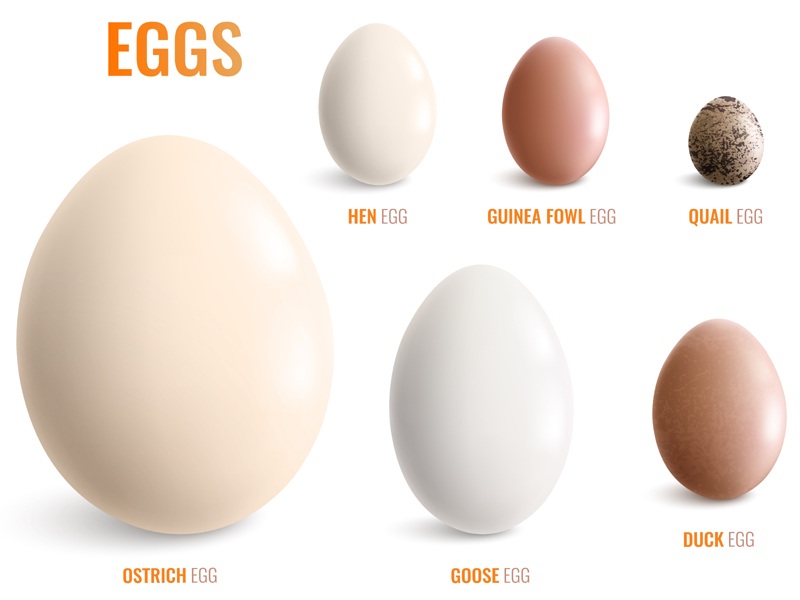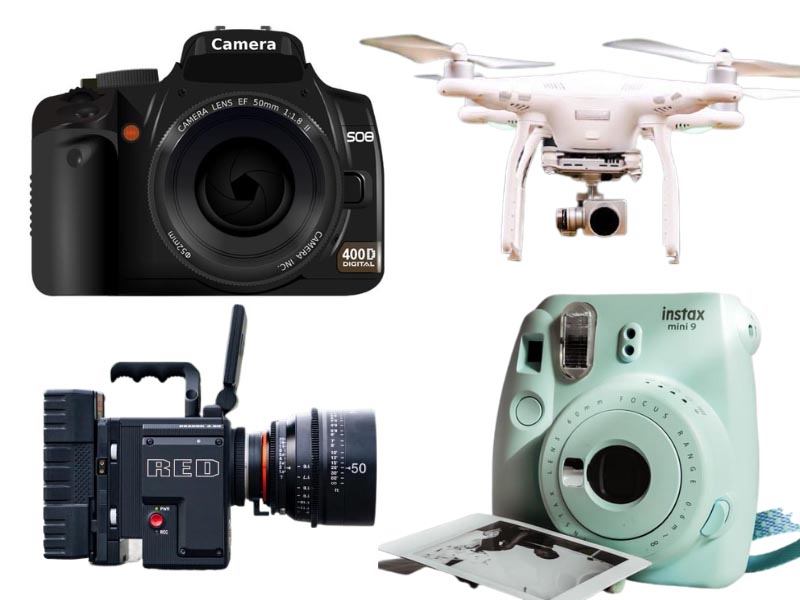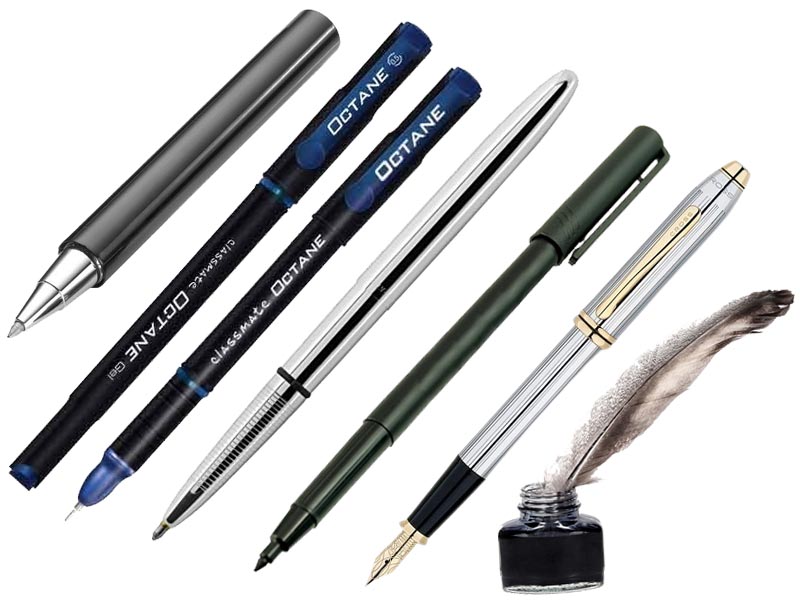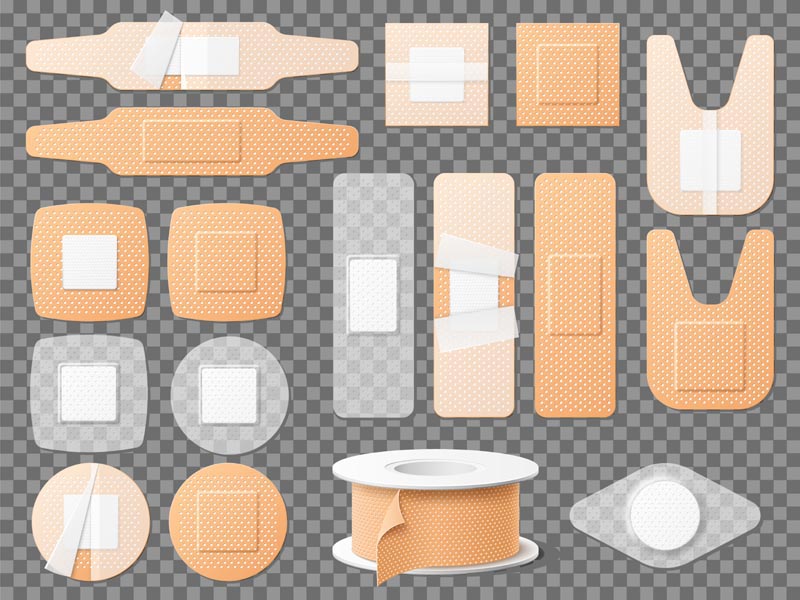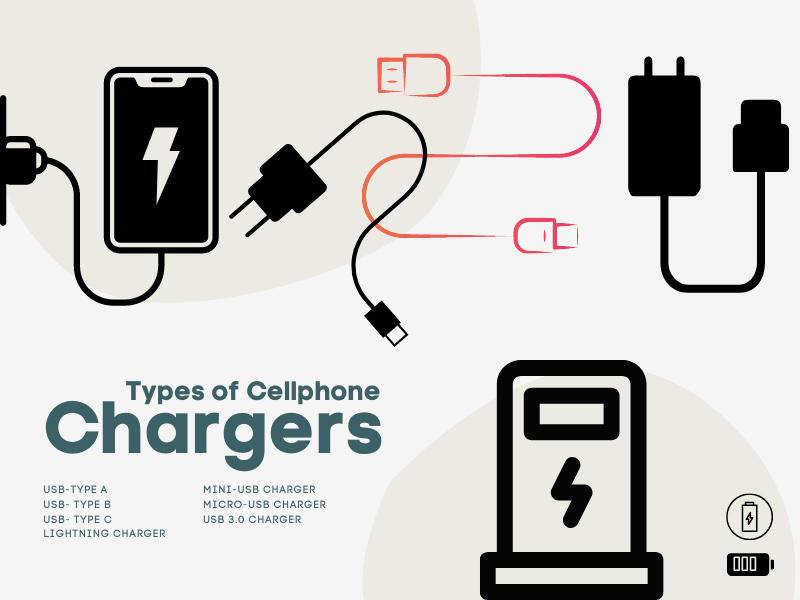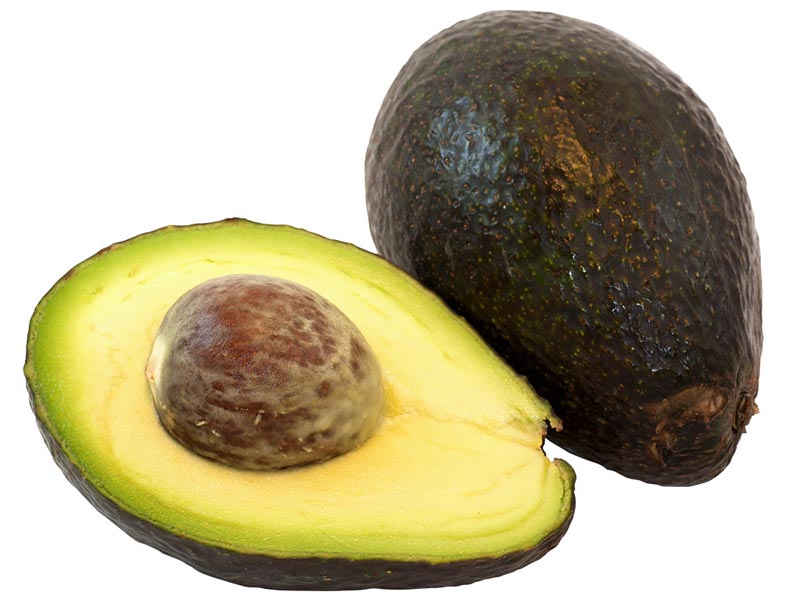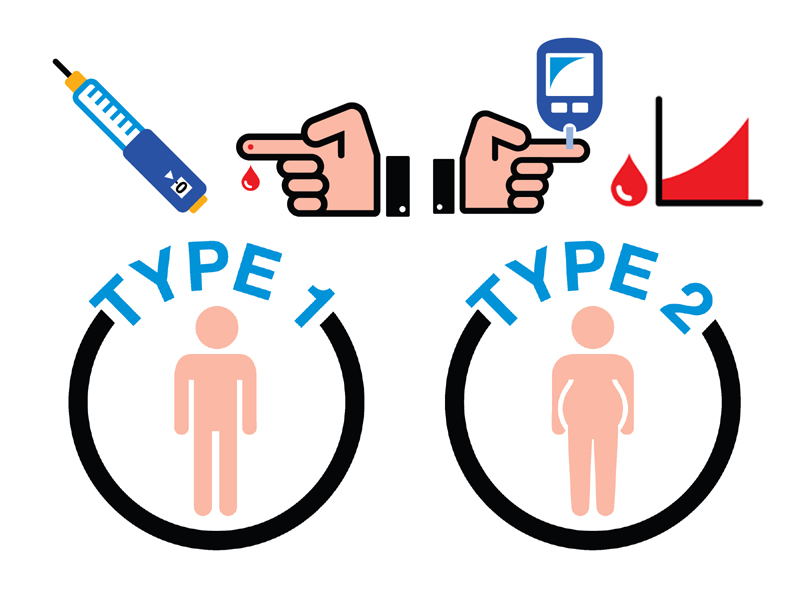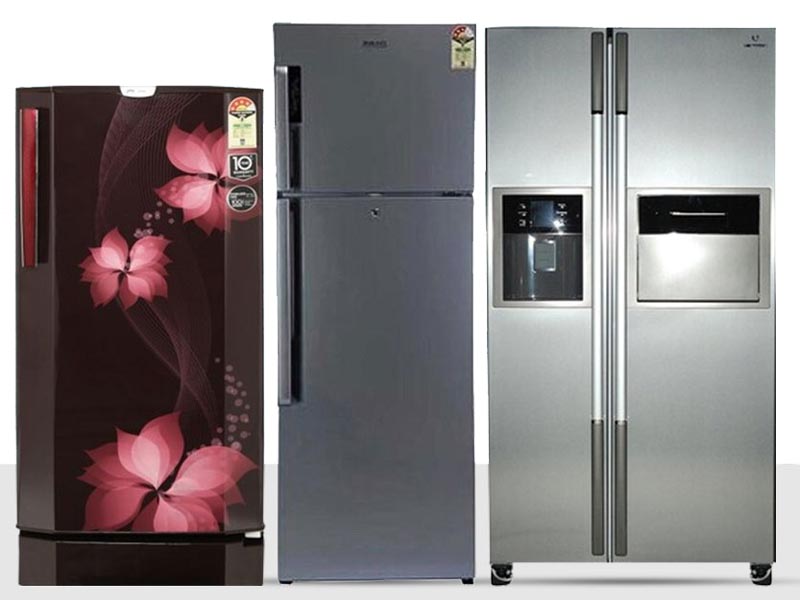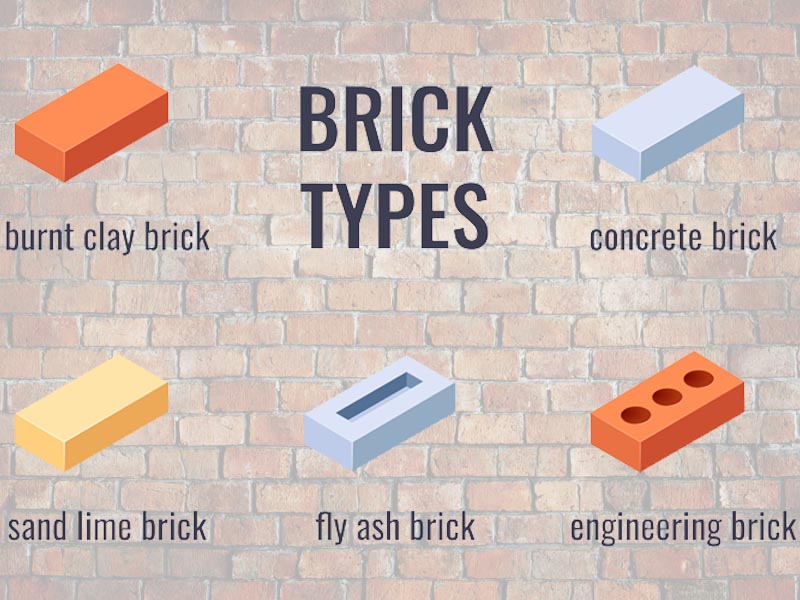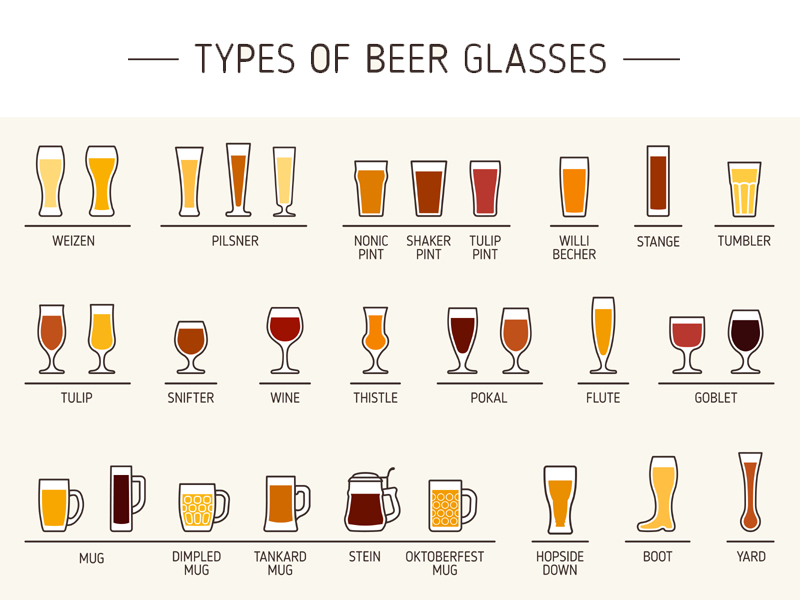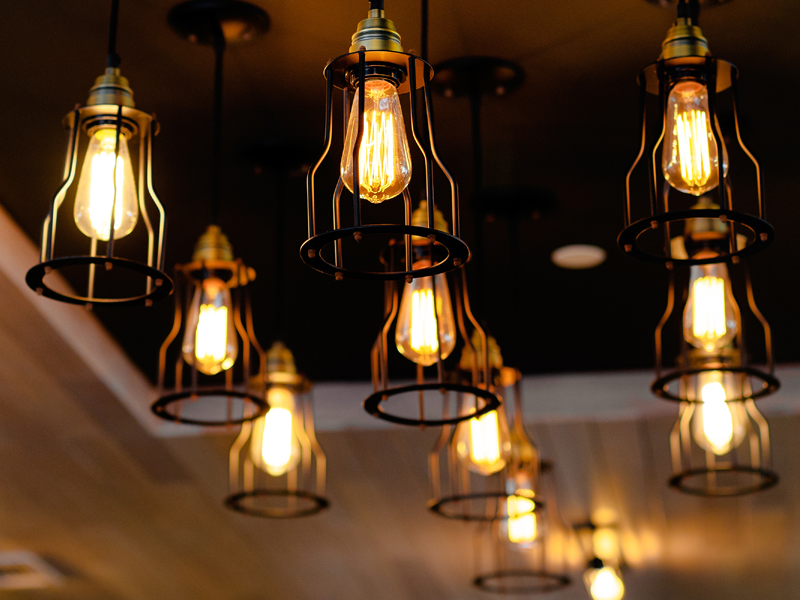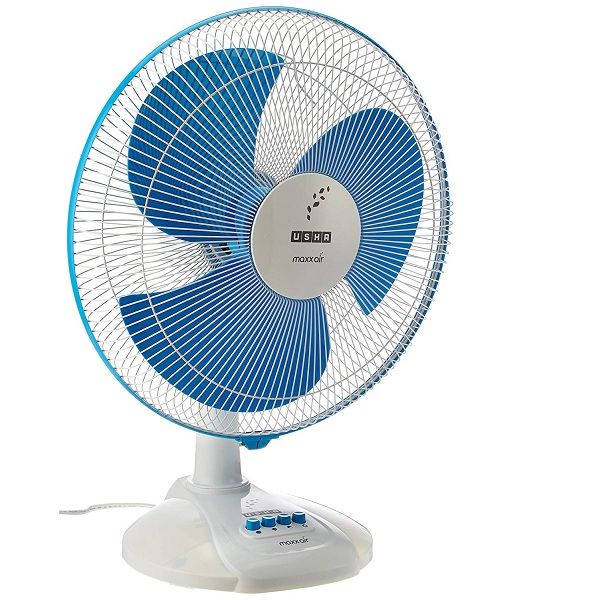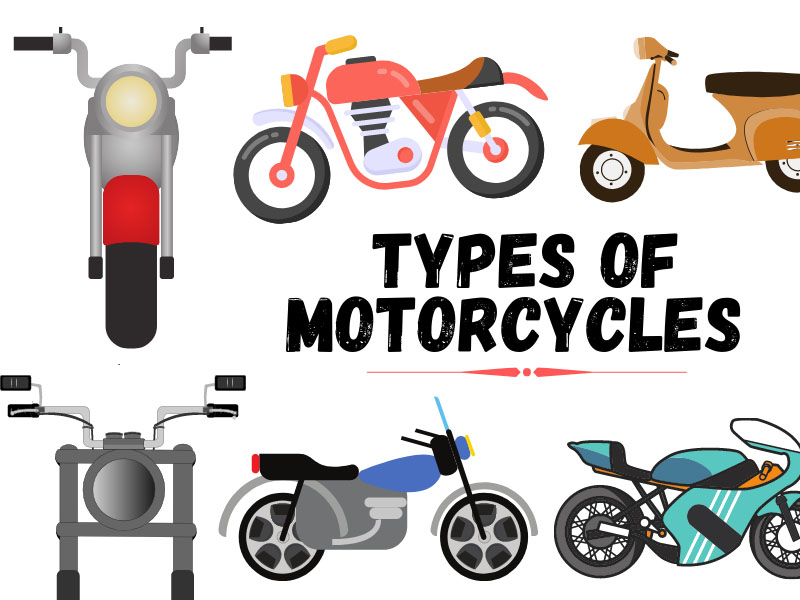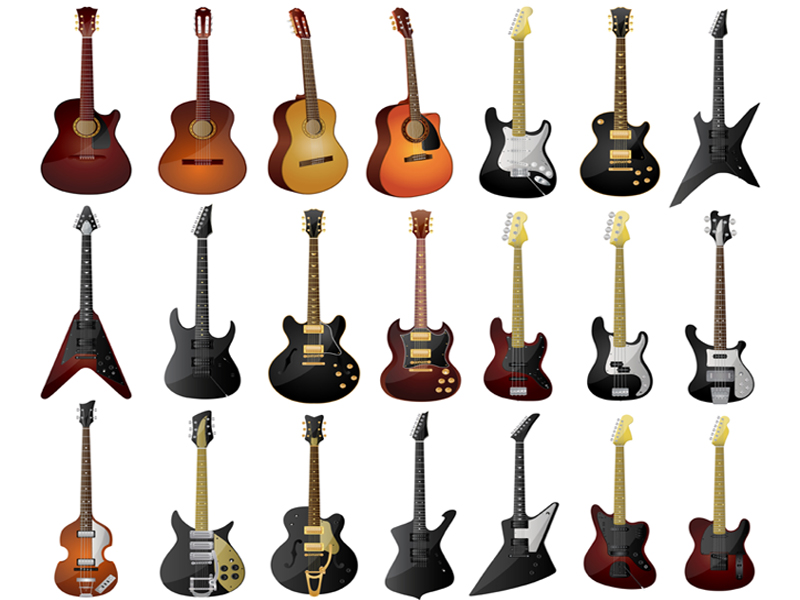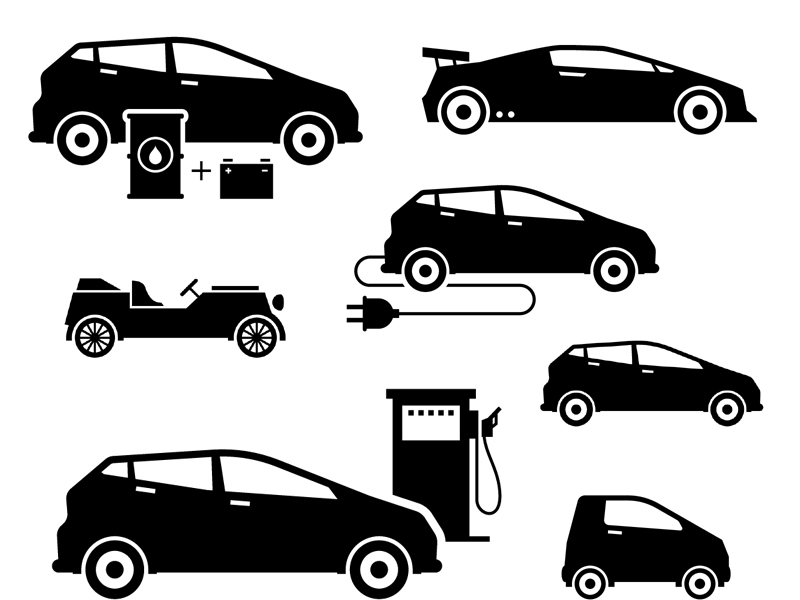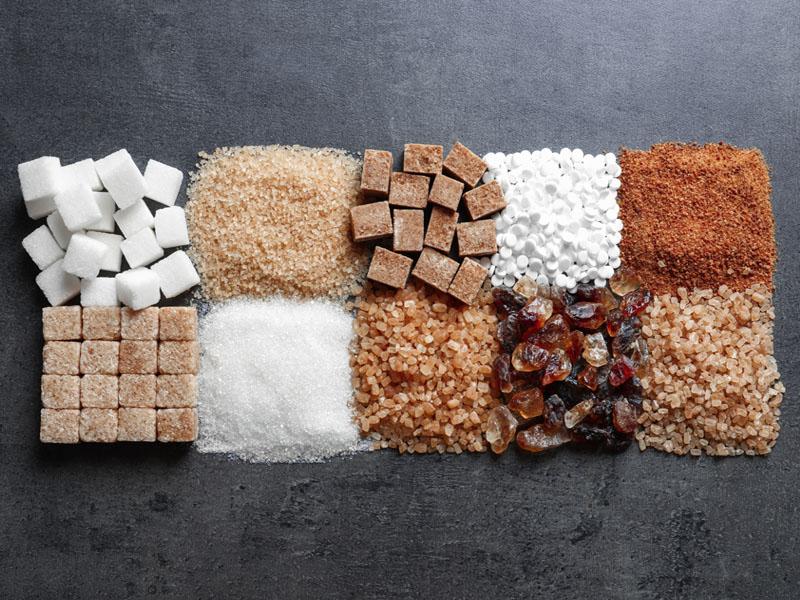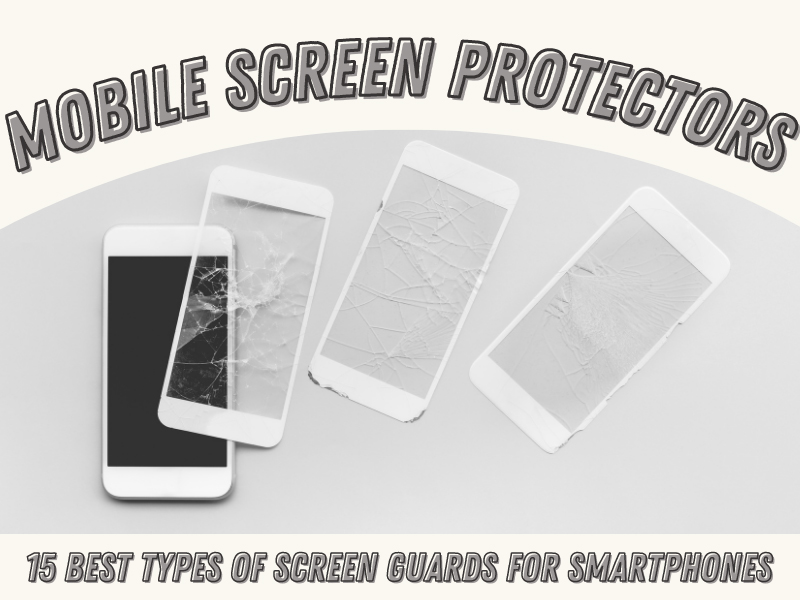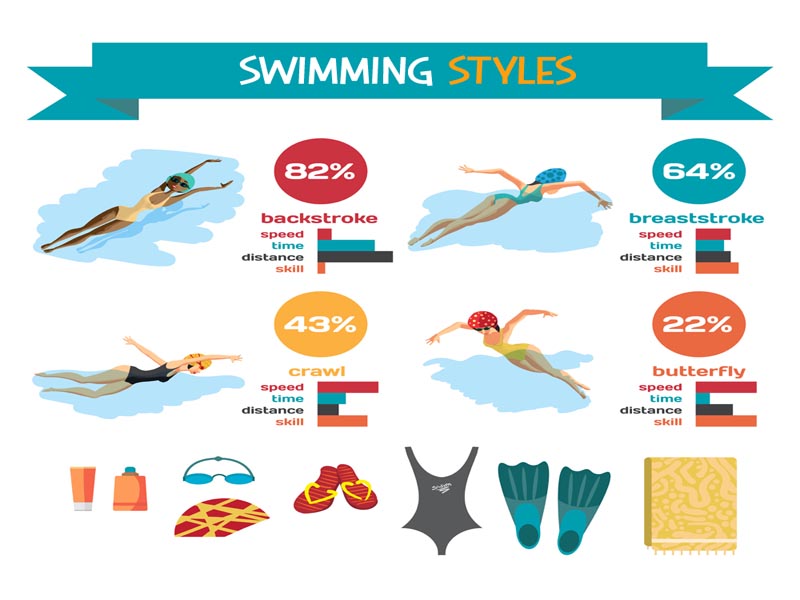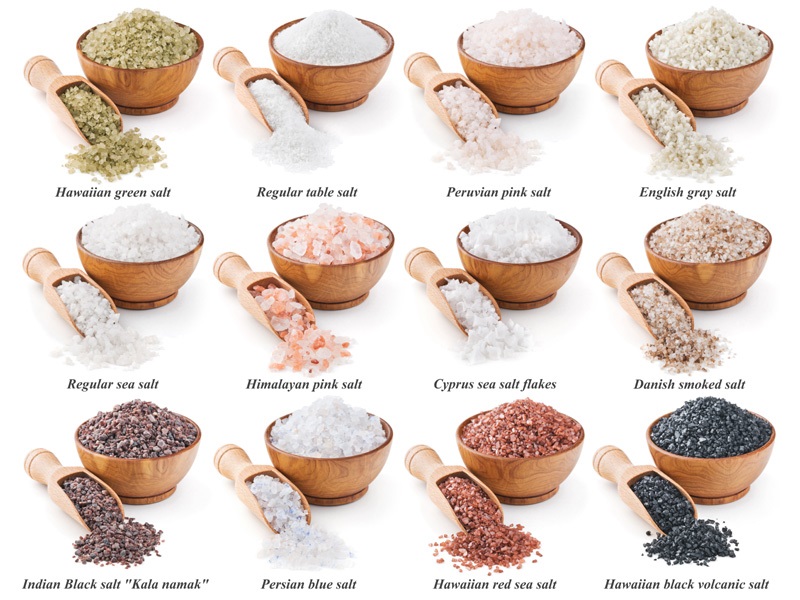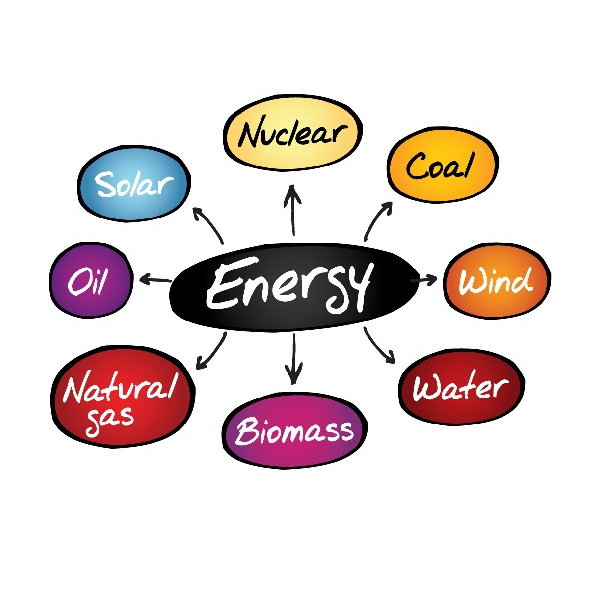“Batteries indeed changed human lives” is not an exaggeration at all! The concept of storing energy into a device and using it without direct current made modern gadgets like cellphones possible! We must thank Count Alessandro Volta, the person who invented the first electric battery, for simplifying our lives. This 19th Century’s invention set a path for other inventors to develop different types of batteries currently in use.
Imagining a new-age electrical appliance without a battery is quite hard! So, don’t you think we should learn atleast the basics of this device?
Read along to know what a battery is, the types and purposes, and tips to select the right battery for your usage.
What is a Battery? Why is it Used?
A battery is a device that utilizes chemical energy to generate electricity by putting one or more electrochemical cells in contact with each other. By arranging these cells in the right order, a flow of electrons is created to produce an electric current.
Every battery has three main components:
- Cathode – Positive Side
- Anode- Negative Side
- Electrolytes
When an external device is connected to the anode, it generates electrons that move towards the cathode. The electrolyte acts as a medium that allows the flow of the electrical charge.
The main purpose of a battery is to store electricity and keep your gadgets running without the need for direct power. Batteries are used in almost all electrical appliances like toys, cars, laptops, medical instruments, remotes etc. They also provide emergency power backup at homes and offices by storing and discharging electricity.
NOTE: Although battery and cell are used interchangeably, there are two different systems. A cell is a single unit in a battery that stores electricity, whereas a battery comprises one or more such cells.
Read: Types Of Clocks With Pictures
What are The Types of Batteries?
Batteries are divided into two basic types – Primary and Secondary.
Primary Batteries:
These are single-use batteries that store high amounts of energy in them. They are suitable for appliances like toys, military-grade equipment etc., which require a low amount of power to run. Although the efficiency of Primary batteries is quite high compared to rechargeable ones, they are not environment-friendly. Once the battery is discharged, you will have to dispose of it, contributing to more electric waste.
Primary batteries are also known as dry batteries, as they do not have any liquid in them.
Examples: Alkaline Batteries like Coin cells, AA, AAA, 9V; Zinc Carbon Batteries and Lithium Batteries
Secondary Batteries:
These are rechargeable batteries that are reusable even after the power is discharged. When you recharge the battery, the electrochemical process works in the reverse direction and changes the position of the cathode and anode to the original state. This is when the battery goes up again and becomes fully functional. Secondary batteries are used in appliances like inverters, cars, mobile phones, laptops and other heavy-duty systems.
Although secondary batteries are expensive, they last for a long time and give you real value for money. The batteries come with a special battery charger to recharge them.
Examples: Nickel-Cadmium, Lithium-Ion, Lead-Acid, Nickel-Metal Hydride.
List of 10 Different Types of Batteries and Their Applications:
Let us now understand the 10 common types of batteries available in the market, with details about purpose, limitations etc.
1. Zinc-Carbon Battery:
Zinc-Carbon battery is the most common type of primary batteries, which is also known as the Leclanche cell. It is a dry battery in the outer container, which is the anode containing Zinc. A central carbon rod is a cathode which is encompassed with a mixture of carbon and manganese Dioxide. Ammonium Chloride paste is the electrolyte, and a fibrous fabric separates the two electrodes.
Zinc-Carbon batteries are suitable for generic appliances like torchlights, remote controls, clocks, radios etc. The voltage can range between 1.2V to 1.4V. The major disadvantage with these batteries is their susceptibility to corrosion with every use. Since they are single-use batteries and have a short shelf life, they must be recycled to prevent environmental pollution.
2. Alkaline Battery:
Alkaline Batteries belong to the Primary category, which uses Zinc outer metal and Manganese Dioxide center as an anode and cathode, respectively. These batteries use Potassium Hydroxide, an alkaline electrolyte, instead of an acidic one like Ammonium Chloride. These batteries have a higher shelf life and energy storage compared to Zinc-carbon batteries.
These household batteries are suitable for appliances like battery players, flashlights, digital cameras, toys etc. The nominal voltage starts from 1.5 V and can go up to 1.6V depending on the concentration of the chemicals. Leaking is a major problem with alkaline batteries, which increases the risk of exposure to hazardous chemicals. Standard alkaline batteries must be recycled to prevent toxic wastes in landfills.
3. Lithium Battery:
Lithium batteries are those which use Lithium as anodes. They are lightweight batteries and have high energy density and shelf life compared to other primary batteries. The voltage of Lithium batteries can range from 1.5V to 3.7V. Many people get confused between Lithium batteries and Lithium-ion, which are secondary batteries which use Lithium Polymer.
Many portable electronic devices like remote-control toys and electric vehicles use Lithium batteries for their “heavy-duty” nature. These batteries also come in different sizes which, starting from a 20mm coin size. The minus point of these batteries is that they are prone to short circuits and produce extreme heat that can turn into a fire. This is why Lithium batteries are banned during air travel.
4. Silver Oxide Battery:
A Silver Oxide battery is a type of Primary battery, popular for its high energy-to-weight ratio. The battery uses silver oxide as the cathode and zinc as the anode, along with an alkaline electrolyte. Silver oxide batteries come as small button cells with shiny silver color. They are used in devices like calculators, hearing aids and watches.
Silver oxide batteries maintain a nominal cell voltage of 1.55 V until the entire energy is used up. Because of their mininature size and high energy density, Silver oxide batteries were used for the Apollo Program. As these batteries contain small amounts of mercury, disposing of them in landfills can lead to mercury contamination of soil.
5. Zinc-Air Batteries:
Zinc air batteries are perfect examples for the saying “Small, but mighty”! These are minuscule non-rechargeable batteries which use Zinc as fuel, which reacts with Oxygen in the air to form energy. Unlike regular batteries, these devices use fuel and an oxidizing agent to convert chemical energy into electricity. This is why Zinc-air batteries are also called Zinc-air fuel cells.
These types of batteries have a nominal voltage of 1.35-1.4V. From hearing aids to grid-scale energy storage, Zinc-air batteries are used for different purposes, and their size varies with the application. These batteries may pose a risk of Zinc corrosion when they are deep-discharged. In recent times, rechargeable Zinc-air batteries are made available in the market, which is giving tough competition to Lithium-ion batteries.
Read: Types Of Fridge Varieties
6. Lead Acid Battery:
The lead-acid battery is one of the oldest secondary type batteries, which was invented in 1859. It is a popular battery choice in motor vehicles, power substations etc. which require high surge currents to start. These devices use sponge lead (anode), lead peroxide (cathode) and Dilute sulfuric acid (electrolyte) to convert chemical energy into electrical energy. Their nominal voltage is 2.1 V.
Lead-acid batteries are quite big in size and comprise of a container, a plate, separators and battery terminals along with chemical substances. These low-cost, high-energy batteries act as inverter batteries as in UPS systems which supply power during emergency outages. Lead-acid batteries have a high risk of explosion due to gassing or internal short-circuit.
7. Lithium-Ion Battery (Li-ion):
Lithium-ion or Li-ion batteries are secondary types of batteries which are rechargeable. These batteries use graphite as the anode, a lithium material as the cathode and an electrolyte like Lithium salt. During charging, the lithium ions flow from the anode to the cathode and take the reverse path during discharge. Li-ion batteries come in different shapes like cylindrical, flat or enrapped in plastic cases.
These batteries have a nominal voltage of 3.6 V-3.8 V and have a longer shelf life of about 2-4 years. The life span of batteries depends on a variety of factors like temperature, chemical mixture and depth of discharge. Li-ions are used in mobile devices, mechanical tools, wheelchairs, cars etc. However, they have a poor safety record due to the presence of flammable electrolytes that often lead to explosions and fires.
8. Nickel Cadmium Battery (Ni-Cd):
Nickel Cadmium batteries are rechargeable batteries known by the short form Ni-Cd (Chemical symbols of Nickel and Cadmium). These batteries use Nickel Oxide Hydroxide as cathode, metallic cadmium as anode and alkaline solution like Potassium Hydroxide as electrolyte. The nominal cell voltage of Ni-Cd batteries is 1.2 V, and the maximum voltage is 1.3 V.
The main drawback of Ni-Cd batteries is the near-constant voltage even during the time of discharge. So, it becomes difficult to identify when the battery is getting low. Another challenge with the battery is the use of Cadium, a toxic metal which can be hazardous to the environment. Due to these reasons, Ni-Cd batteries are slowly giving way to Nickel-Metal Hydride batteries.
9. Nickel Metal Hydride Batteries (NiMH or Ni-MH):
Nickel Metal Hydride Batteries are rechargeable batteries which use advanced technology. They work similar to Ni-Cd batteries, except that a hydrogen-absorbing alloy replaced Cadium as the anode. Ni-MH batteries are quite superior to Ni-Cd batteries with respect to high energy density with the same size. Even cost-wise, they are expensive to Ni-Cd’s, although they are much better for the environment.
Ni-MH batteries have a nominal voltage of 1.2 V and have a high shelf life. They are quite robust and can tolerate over-charge and over-discharge of batteries. Although they are better than Ni-Cd batteries, they only have 60% efficiency of Lithium-ion batteries. Ni-MH batteries are used in electric vehicles, electric goods like cameras, mobile phones, UPS, Power grids etc.
10. Lithium-ion Polymer (Li-ion Polymer):
Lithium-ion Polymer is a rechargeable battery which is widely used in consumer electronic goods like mobile phones. The key difference between Lithium-ion Polymer and Li-ion batteries is the use of a polymer electrolyte instead of a liquid one. This polymer can be of any of three forms – a semi-solid gel, a porous chemical compound or a dry solid.
Li-ion Polymer batteries are lightweight and relatively safer than Li-ion batteries due to the lower risk of leakages. The nominal voltage ranges between 3.6-3.8 V. Despite their high price, the energy density and shelf life of Li-ion Polymer batteries are inferior to Li-ion’s.
Read: Types of Cameras and Uses
How to Select the Right Battery for Your Usage?
By now, you must have understood that batteries don’t come as one-size-fits-all devices! Here are some key aspects to know before buying the right battery for your application:
Key Points to Buy:
- Firstly, decide whether your appliance requires a single-use or multiple-use battery. For example, if you are looking for a battery for pacemakers or occasional use devices, then single-use ones should be an idea. For mobile devices, laptops, e-watches etc., rechargeable batteries are best for saving money. Based on this, you can pick a primary (non-rechargeable) or a secondary rechargeable) type of battery.
- Size is another important point to consider. You must pick the right size battery that goes with your appliance. The size variants range from AA, AAA, 4.5 V, 9V, Coin Cells, Type C batteries, Type B cells, Type D cells etc. Choose a size that aligns with the company specifications on the manual.
- The operation voltage of the battery is another deciding parament. Make sure that the nominal voltage of the battery is enough to run the equipment. Sometimes, you might have to combine more than one battery to meet the energy needs of the device.
- Have a good understanding of the temperature of the battery and the capacity. Some batteries fail in temperatures below 0 deg Celcius, while others get overheated in warmer weather. Along with this parameter, keep in mind the capacity, which is the amount of power it can deliver to a device.
- Also, keep in mind factors like cost, shelf life and environmental impact of the battery before buying it.
Those are some of the popular types of batteries available in the market today. We have tried to cover some basic information to help you understand the key differences between each. Do you think this article took you back to your science classes at school? So, which of these battery types are you currently using now?
Frequently Asked Questions & Answers:
1. What are Reserve Cell and Fuel Cell batteries?
Ans: Reserve cell and fuel cell batteries are treated as the third and fourth category of batteries. A Reserve cell battery is a primary battery which reserves electricity for a long time. They are used in missiles, torpedos and other military equipements.
Fuel Cell batteries which use fuel and oxygen in the air to convert into electrical energy. The conversion happens in high-pressure containers. They are used in automobiles, spacecraft and backup power systems.
2. What type of battery is used in a power bank?
Ans: Powerbanks mostly use Lithium-ion and lithium-polymer batteries. They are rechargeable and have their own set of pros and cons. Lithium ions have low capacity and a low price tag, while lithium polymers have a better capacity, although they are expensive.
3. Which is the best battery for solar panels?
Ans: There are three options of batteries for home solar energy systems – Lead acid, lithium ions and salt water. The lithium-ion battery is superior to the other two in terms of life span and depth of discharge. However, they are quite expensive. Saltwater is the second best option and also relatively safe as it is free from hazardous chemicals.
4. What are flat batteries?
Ans: Flat batteries are button cell batteries which consist of a flat surface instead of a cylindrical one. The nub side of the battery is the positive terminal, and the flat side is negative. Flat batteries are used in watches, hearing aids, toys, festival lights etc.
Disclaimer:
The information published in this article is purely for informational and educational purposes only and does not constitute legal or other professional advice on the subject.


